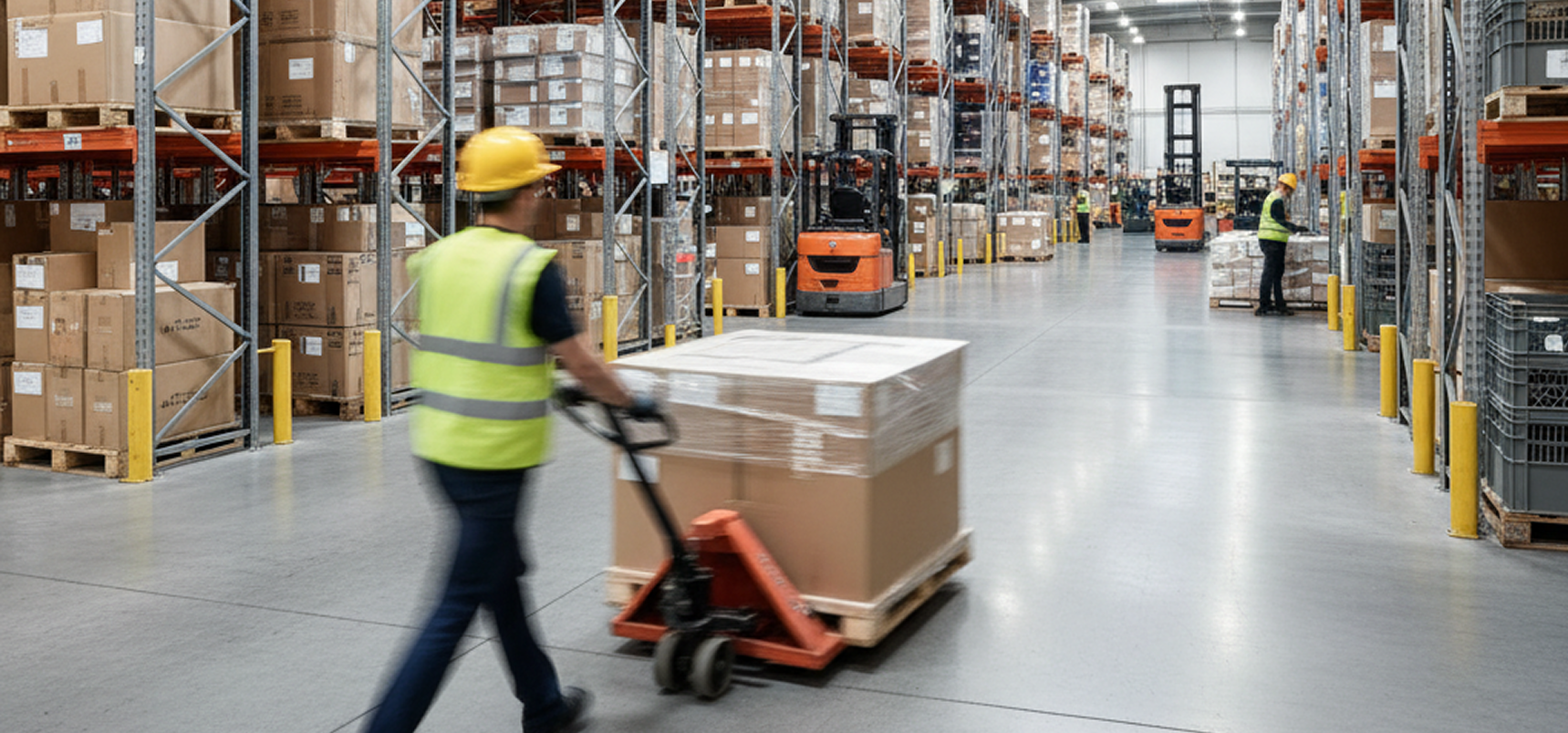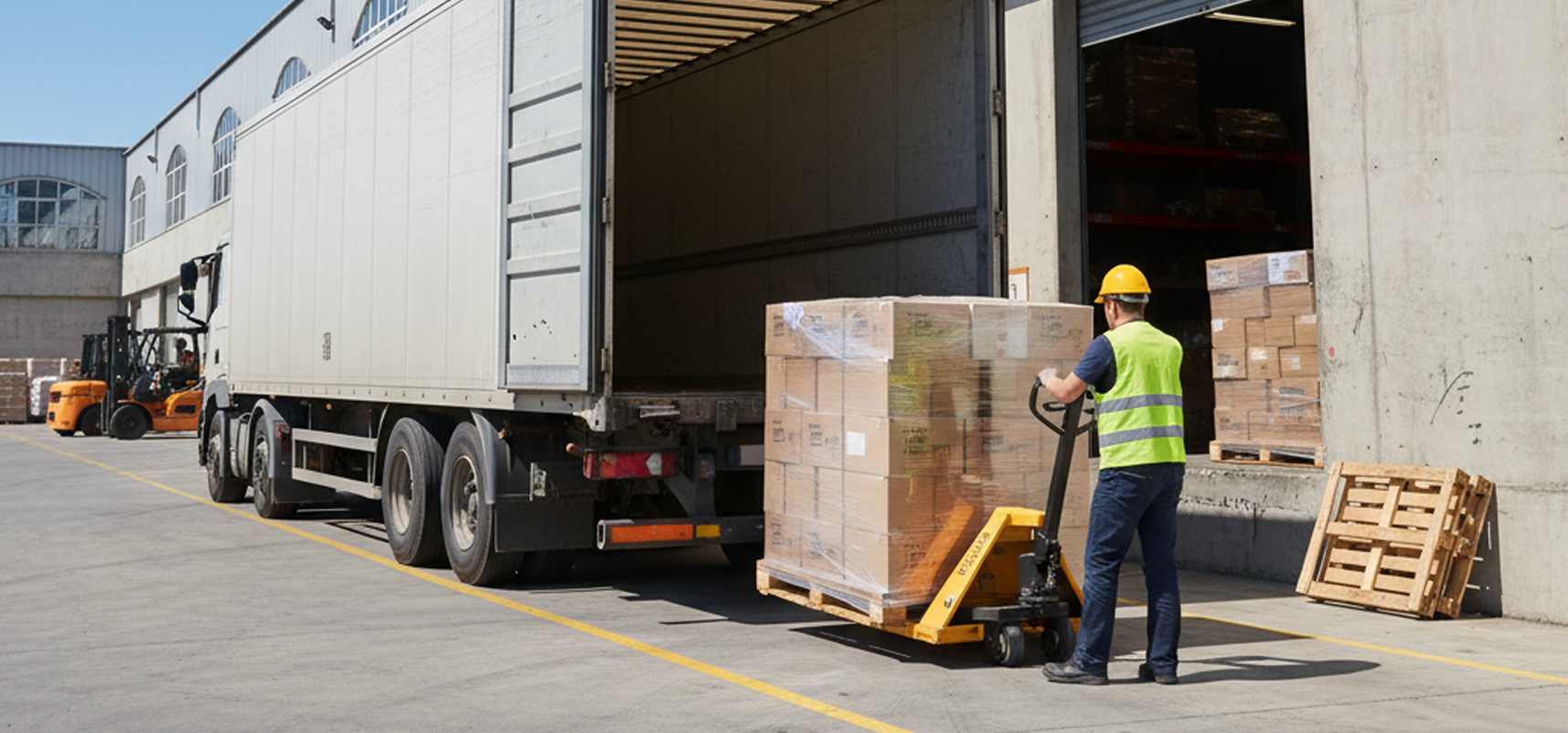Mexico City’s infrastructure is extensive and improving, with significant investment in transportation and connectivity, but it still faces challenges such as congestion, aging systems, and uneven quality across sectors.
Population
Area
Density
170K
The projected net population growth in Mexico City for 2024 is approximately 0.2%.
67.4%
67% of the global population is of working age, with this share expected to decline in developed regions over time.
Key industries include automotive, consumer goods, and fintech, with major corporations like Grupo Bimbo, FEMSA, and Kichink playing significant roles.
Tertiary attainment among young adults aged 25-34 in Japan increased from 62% in 2019 to 66% in 2024, placing it among top OECD nations.
Foreign Residents
The average income for foreign residents in Mexico City is about 1.01 million yen, with 50% earning less.
Ethnic Composition
Foreign residents in Mexico City surpassed 150,000 in 2024, making up about 1.7% of the city population, with largest groups from the United States, Venezuela, Colombia, Spain, and Argentina.
Over 15 million people commute daily in the Mexico City metropolitan area, with millions traveling from suburban districts to the city center primarily by rail and public transit.
Mexico City continues to attract residents from other regions with a net inflow of 174,000 people in 2024.
17K
The average annual income in Mexico City is about 3.2 million yen, though more than half earn less than this amount.

1.27%
Warehouse lease rates in Mexico City typically range from about MXN $16,000 to over MXN $700,000 per month depending on size and location, with properties classified by features such as size, amenities, and industrial park status rather than formal class labels.
CTT Logistics Corridor (Cuautitlán-Tultitlán-Tepotzotlán), Vallejo-Azcapotzalco, Naucalpan, Tlalnepantla, Toluca, Iztapalapa, Centro, Coacalco, Huehuetoca-Zumpango.
Mexico City's last-mile delivery infrastructure combines advanced logistics hubs, electric vehicle fleets, AI-powered route optimization, and real-time tracking, but faces challenges from traffic congestion and infrastructure gaps.
Warehouse automation in Mexico City is rapidly advancing, with businesses increasingly adopting robotics, AI, and warehouse management systems to boost efficiency, accuracy, and competitiveness, especially in response to growing e-commerce and logistics demands.
Cold storage and specialty warehousing facilities in Mexico City provide temperature-controlled environments for preserving perishable goods such as food, pharmaceuticals, and specialty products, supporting efficient distribution and inventory management for domestic and export markets.

Professional services, transportation, retail trade, tourism, financial services, telecommunications, automotive manufacturing, electronics, and food and beverage processing.
Bollore Logistics Mexico, Ferrer y Asociados, Varig de México S.A. de C.V., Servicargo, Praxair Mexico, Gomsa, Sea Cargo Logistics SA de CV, Eternity México, Cinlat Logistics, GreenSky Service, Gallardo Cargo, MEXIMPORT FOOD, Construinox, Prida, Direct Drive Logistics, C.H. Robinson, DB Schenker, Agility Public Warehousing Company, CMA CGM Group (CEVA Logistics), DHL Group, DSV A/S, Kuehne+Nagel, Omni Logistics, Grupo FH.
Mexico City’s import/export volumes are driven by national trade, with exports totaling around $425 billion and imports $425 billion in early 2025, and its key trading partners are the United States, China, Canada, Germany, Japan, South Korea, and Brazil.
Supply chains in Mexico City are resilient due to strong manufacturing capabilities and trade agreements, but face significant risk from tariffs, global trade tensions, and reliance on imported components.
Mexico City has diverse local manufacturing capabilities, including food and beverage, pharmaceuticals, chemicals, electronics, and other consumer goods.
The main industry clusters in Mexico City are financial and business services, employment and administrative services, energy and infrastructure, passenger transportation and communications, and pharmaceutical and medical product manufacturing.
Mexico City’s key competitive advantages as a logistics/business hub are its strategic geographic location, extensive transport infrastructure, proximity to the US market, competitive labor costs, and access to global trade agreements.
Detailed evaluation of Mexico City's infrastructure quality, investment projects, utility systems, and environmental considerations for strategic planning.
Mexico City has the highest infrastructure quality and capacity in Mexico, with advanced connectivity, transportation, and logistical systems, but faces ongoing challenges in sustainability and modernization.
Mexico City’s 2024 infrastructure plan allocates $1.13 billion for 21 projects focused on urban mobility, public space, road and school improvements, waste management, cultural sites, and collaboration with federal initiatives like the Interurban Train and Chapultepec park.
Mexico City has extensive but aging utility infrastructure, with nearly universal electricity and internet coverage, but faces significant water supply challenges due to old distribution networks and frequent leaks.
Key environmental factors affecting logistics in Mexico City include severe air pollution, frequent traffic congestion, high altitude impacting vehicle emissions, restrictive transport regulations, and climate-related hazards.